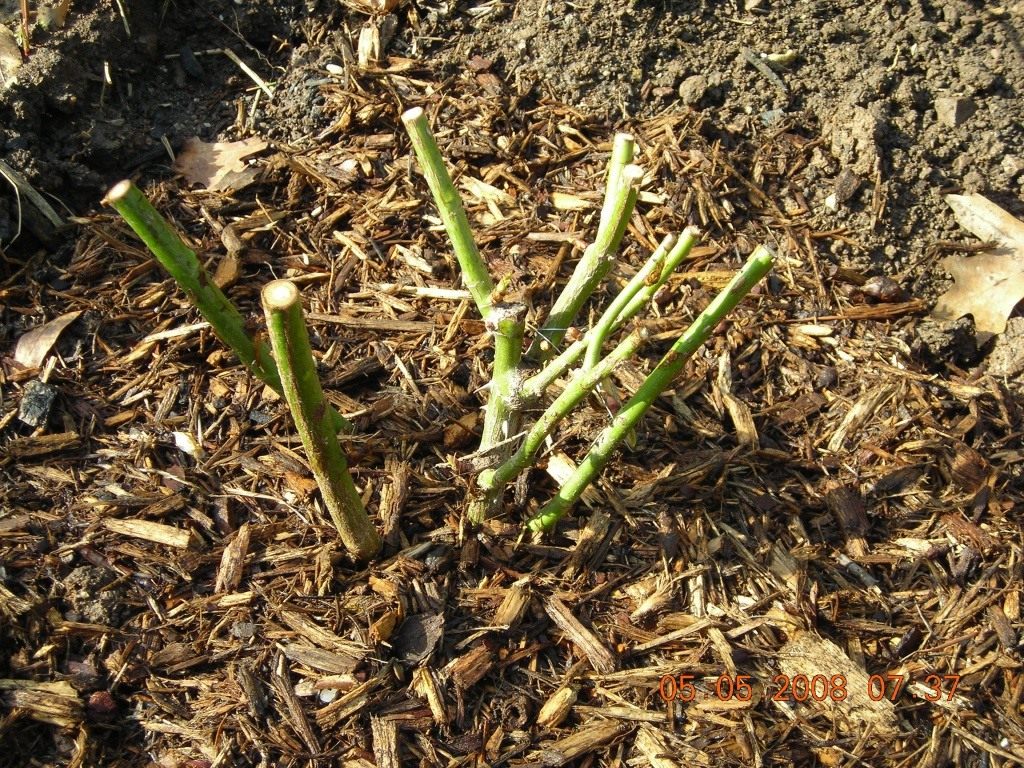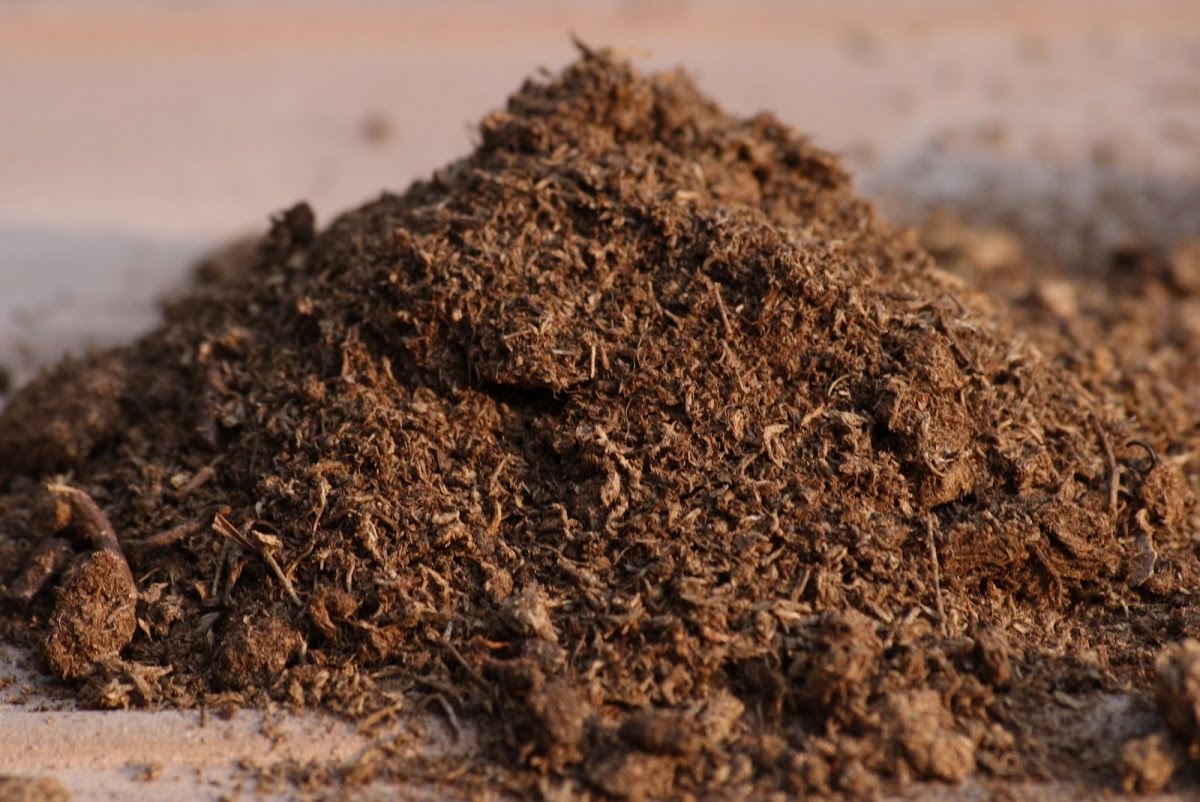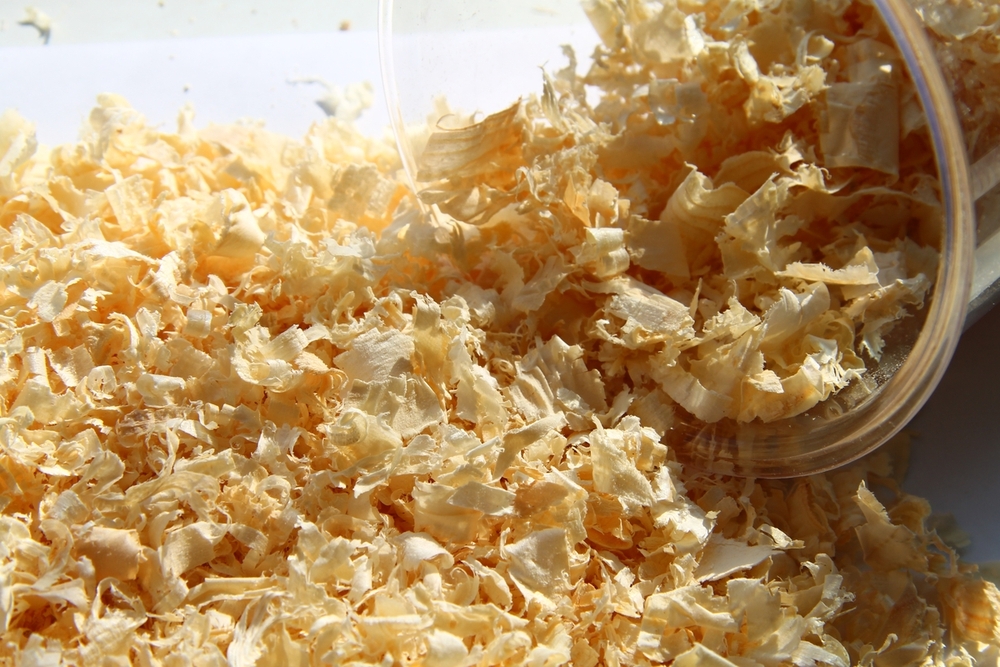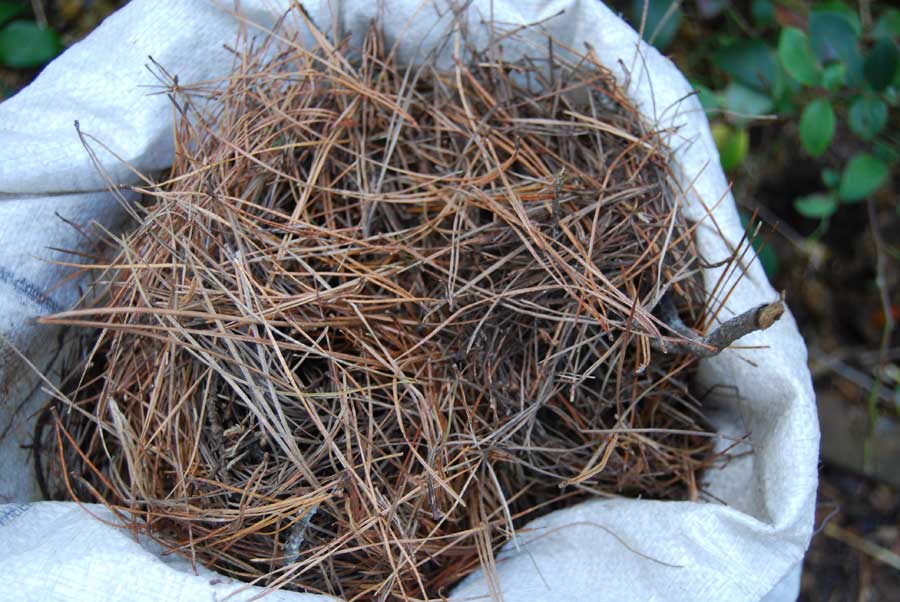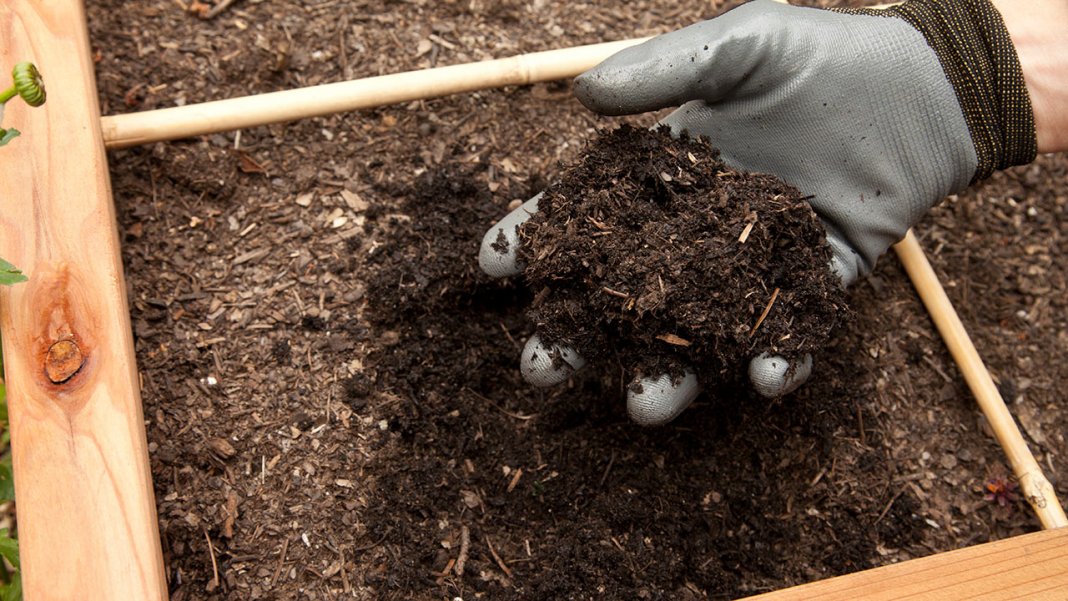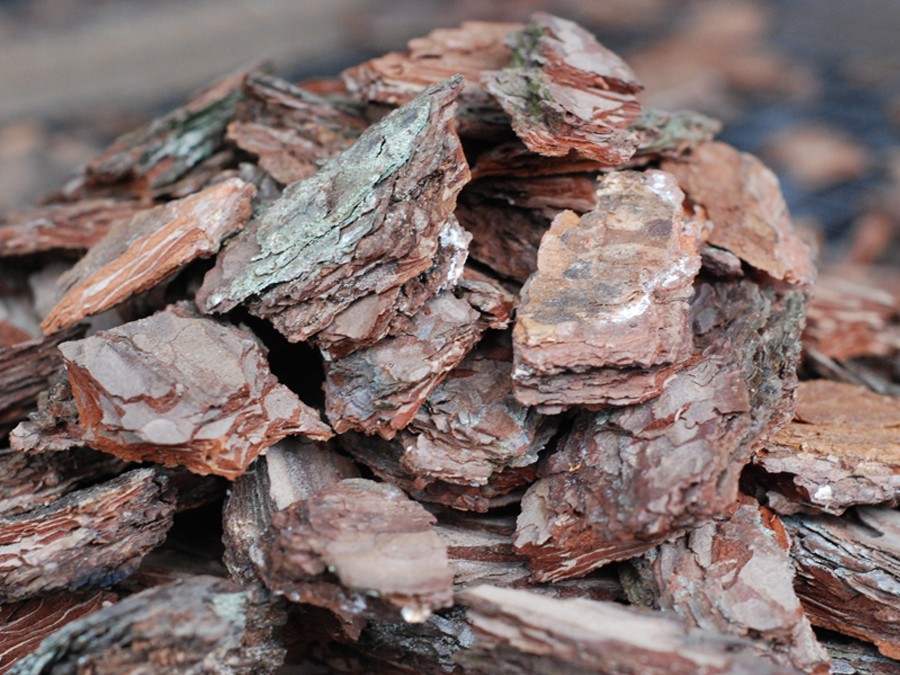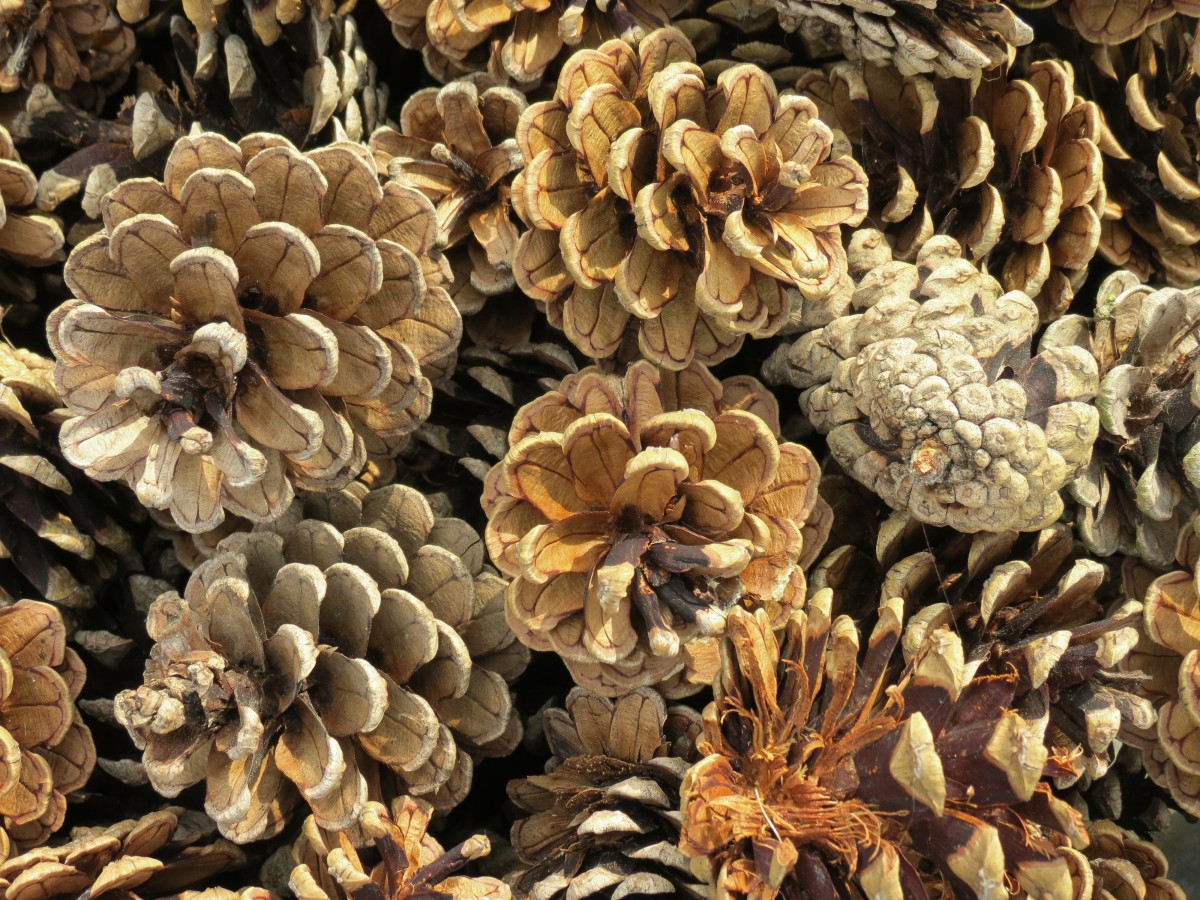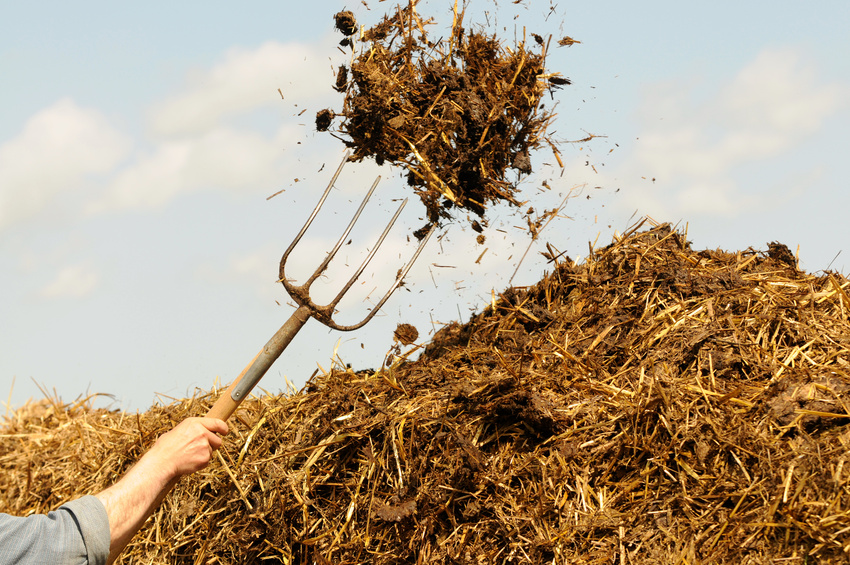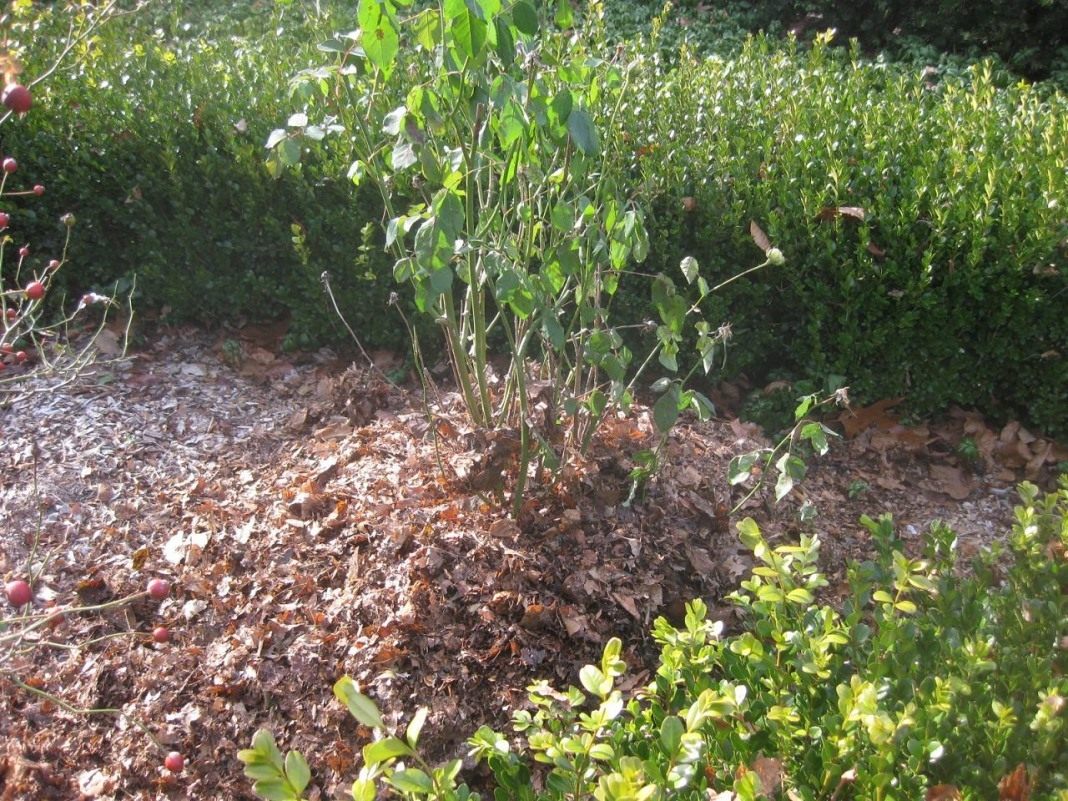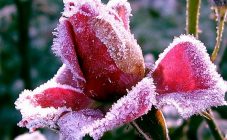Content:
Rose is a delicate plant that usually suffers from adverse external conditions. These include a lack of moisture, overgrowth of weeds, hard soil, etc. These unfavorable factors can be corrected by mulching. This is a very important procedure, so the gardener should know well how to mulch roses and how to do it, as well as apply the knowledge in practical conditions.
General rules for caring for roses
Planted roses require special attention:
- Watering should be regular but moderate.
- The plantings are fed monthly, while trying to comply with the recommended concentration (especially for nitrogen substances).
- It is necessary to take timely measures to protect plants from diseases and pests.
- Roses need to be pruned as needed.
Many of these procedures can be alleviated by mulching roses.
Mulching roses
Mulching means covering the soil surface in the bite sector with a layer of suitable material. This procedure is an imitation of natural conditions, since bare soil under plants is very rarely found in nature.
The advantages of this procedure are as follows:
- maintaining the required level of soil aeration, preventing the formation of a soil crust;
- inhibiting the growth of weeds in the bush sector;
- support of the functioning of soil fauna and flora, accelerated decomposition of organic matter;
- maintaining a sufficient level of moisture in the soil;
- maintaining the optimal level of soil temperature, protecting the roots from freezing or overheating;
- protection of nutrients in the soil from overheating.
Mulch for roses: which is better
Organic materials
This category includes substances of animal and vegetable origin.
The following materials are most often used on roses.
Peat
The substance is incapable of caking, does not accumulate moisture. Oxygen and liquid easily pass through peat.
The substance decomposes quickly in the soil and in itself is a good organic feeding.
Peat can increase soil acidity, so the substance is collected only in lowlands, where it remains neutral. During irrigation, peat accumulates water in itself, not letting it go further, which is why during irrigation it is necessary to slightly rake the mulch.
Wood shavings, sawdust
The substance retains heat for the roots, passes liquid normally, and prevents the formation of a soil crust. Sometimes fractions are small in size, due to which they are blown away by the wind, stick to the feet of people passing by.
Under the influence of sawdust, a slight increase in soil acidity occurs. As it becomes waterlogged, they begin to rot and mold.
Coniferous litter
A friable substance that does not mold and does not cake, is characterized by antiseptic properties.
The needles scare away harmful insects, normally pass liquid and oxygen, prevent freezing and overheating of the roots.
Needles from pine and spruce are capable of oxidizing the soil.Deciduous needles do not have this disadvantage, but it is much more difficult to get them.
Straw and hay
A loose and accessible material that keeps the soil from drying out and keeps the roots warm while keeping them from overheating.
As a result of the rapid decomposition of roses, they receive sufficient nutritional elements.
The material is very light and quickly carried by the wind, and mice are also often found in it. The decorative properties of such a substance are at a low level.
Compost
Prevents the root system of roses from temperature extremes, saturates the soil with nutrients. Prevents the development of soil erosion, maintains soil moisture at an optimal level.
The substance is prepared for a long time and according to the appropriate recipe. The substance may contain spores of pathogenic infections.
Bark
Mulching roses with pine bark is a good option, as it is the most suitable mulching material from a decorative point of view.
It passes water and air well, is not carried by the wind, does not cake, does not accumulate liquid. Under such a shelter, the soil does not overheat, however, mulching roses with pine bark can slightly oxidize the soil.
Ornamental bark often contains toxins that can negatively affect rose bushes.
Foliage fall
They form a loose dense vegetation layer that easily permits moisture, has a positive effect on the flora and fauna in the soil, does not allow the roots to freeze and overheat.
When waterlogged, it can cake and become moldy.
Pine cones
They are attractive in appearance, exude pine resin, which has antiseptic properties. They scare away harmful insects, well aerate the upper soil layers. Protect the soil from erosion processes.
Roses do not receive any nutrients from them. These buds are difficult to get. Mulching with cones of roses growing on the slopes is not carried out, as they roll down.
They cover the soil loosely, the soil under such cones freezes out.
Fresh grass
A readily available and rapidly decomposing material that releases a lot of carbon dioxide and nitrogen as it decomposes (especially lawn grass).
Keeps the soil from temperature extremes. When waterlogged, it grows moldy and cakes.
It often becomes a refuge for snails, slugs and similar pests.
Eggshell
The material is readily available. Thanks to its sharp edges, it can injure slugs and other pests. A very light substance, easily carried by the wind.
Manure
Saturates roses with nitrogen, retains liquid in the soil and has a positive effect on its structure. In some cases it contains weed seeds.
Possesses extremely low decorative qualities. Horse and cow manure can provide plants with excess nitrogen nutrition, which will negatively affect the general condition of rose bushes.
Industrial materials
Materials from this category are distinguished by their availability and low cost.
The main ones are nonwovens of the following brands:
- Lutrasil;
- Agrospan;
- Spunbel, etc.
According to many experts and flower lovers, these materials are the best answer to the question of how to mulch roses from weeds. They easily allow air and water to pass through, but protect the soil from the rays of the sun, without which weeds will not be able to grow normally.
Other similar materials - roofing material, cardboard, mulching film - are not recommended for use on roses, since they contribute to waterlogging of the soil, contamination of plantings with diseases and pests, and reduce the decorative properties of plants.
Alternatively, the following substances are used:
- Pebbles, crushed stone, expanded clay. The material is not bad from a decorative point of view, retains moisture in the soil and allows air to pass through, reduces the risk of erosion, and accumulates heat from the sun.
- Stones. They do not allow erosion processes, at night they give the roses the heat accumulated during the day. Retain moisture in the soil. They increase the decorative properties of the site.
- Coarse sand. Improves the structure of heavy clay soils, prevents wetting of the lower part of the plants, improving air exchange.
Mulching procedure
The process of applying mulch usually occurs in the second half of spring, late April-early May. It lasts all summer. Flower lovers add more mulch as needed.
In the bite sector, all weeds should be cut and removed. If necessary, roses are watered and fed abundantly. Following this, mulch is laid around each bush, the layer height of which, depending on the variety, varies from 4 to 6 cm.
Mulching is also allowed in autumn, but you need to be in time before the soil cools. In the middle of autumn, the mulching material is embedded in the soil. The mulch is left for the winter, and with the onset of spring, the mulching layer is removed for several days so that the soil warms up faster, and then placed again in the same place.
Further care
When the plants are mulched, caring for them is much easier. The level of irrigation can be lowered, since the soil will already contain a sufficient amount of moisture. Weeding with simultaneous loosening of the soil is not carried out at all.
The need for feeding and pruning remains at the same level.
Knowing how to mulch roses will greatly facilitate the work of a florist. With the correct procedure, the garden or flower bed will be decorated with beautiful, healthy and lushly blooming plantings, which will be much easier to care for.

